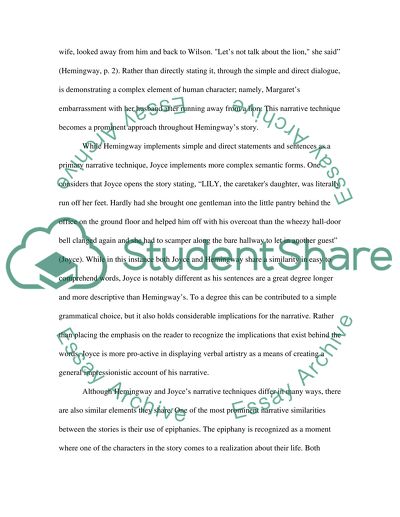Cite this document
(“Narrative Techniques Used in The Dead and in The Short Happy Life of Essay”, n.d.)
Retrieved de https://studentshare.org/literature/1452844-a-study-of-the-narrative-techniques-used-by-james
Retrieved de https://studentshare.org/literature/1452844-a-study-of-the-narrative-techniques-used-by-james
(Narrative Techniques Used in The Dead and in The Short Happy Life of Essay)
https://studentshare.org/literature/1452844-a-study-of-the-narrative-techniques-used-by-james.
https://studentshare.org/literature/1452844-a-study-of-the-narrative-techniques-used-by-james.
“Narrative Techniques Used in The Dead and in The Short Happy Life of Essay”, n.d. https://studentshare.org/literature/1452844-a-study-of-the-narrative-techniques-used-by-james.


